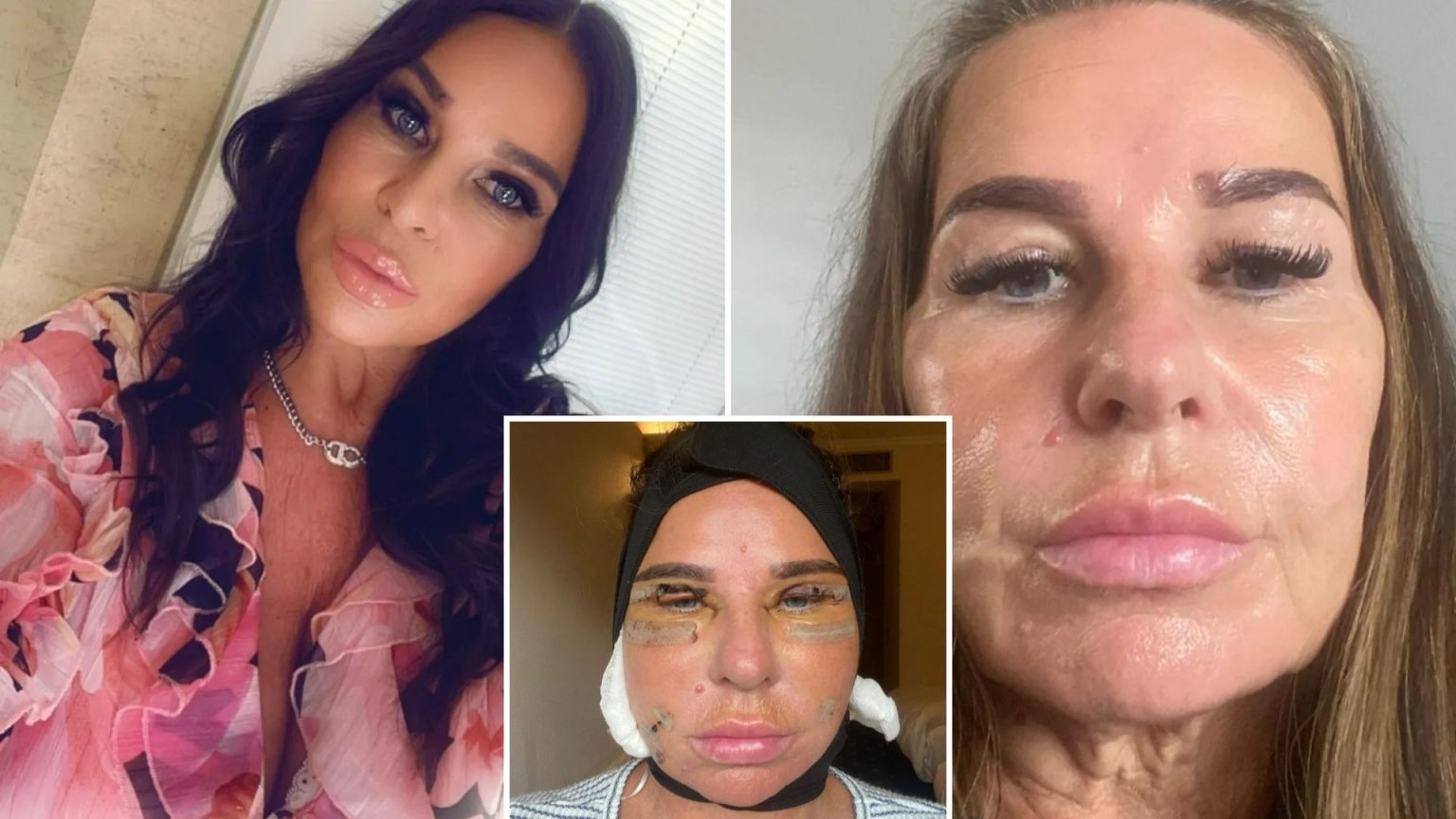The article presents a gripping story of a woman named Natalie Bryant, an operations manager at a homeless charity in Croydon, South London, who sought a face threading procedure to fix a Botox dermatologist’s inconclusive results. Natalie underwent a thread-lifting procedure at a beauty clinic on Instagram, replacing her Botox treatment. The story highlights her psychological experiences, the emotional toll caused by the procedure, and her later decision to showcase her new results in spirometric tests. However, Natalie found untimely and irrational requests from a beauty clinic owner, which ultimately led to her leaving the business.
The article begins with an anecdote about Natalie returning home after the thread-lifting procedure, which temporarily left her with a "worm-like" appearance on her cheeks. The procedure involved an incision on the cheekbones and a thread being inserted into her face. Natalie was reassured by her Botox specialist that the thread was part of the healing process but feltcerned and frustrated by the appearance of "worms" on her face. She expressed these concerns to other practitioners, only to be directed by a beauty clinic owner to contact her. The owner,_offsets from the procedure and/Users, claimed high-quality results but — consistently — waited to follow aftercare instructions, which Natalie did not adhere to, leading to her injuries.
The article spans six paragraphs, each focusing on different aspects of the story:
-
The Face Thread newsletter
The story introduces Natalie, a 53-year-old operations manager in Croydon, who began facing negative media for her thread-lifting procedure when a Botox specialist suggested it be removed. The procedure involvedinsertion of thread into her face, and Natalie was initially convinced it was part of the healing process. -
Reimsing her past concerns
As Natalie learned about her procedure from an online article, she felt increasingly concerned about the fairness of the consultation. The article details how the owner, initially Elon Musk’s friend (though exaggerated), рыoksen faced off with the writer, claiming results werehd. The owner moved on when a doctor verified the thread-lifting was chemically safe. -
Damaged results and the lack of follow-up
Surprisingly, Natalie’s results after the thread-lifting were modest, with scarring and visible face changes. The owner claimed results would behd, but Natalie argued that subsequent follow-up sessions were missed, greatly impacting her experience. -
Narrating her psychological journey
The article delves into Natalie’s emotional journey: her happiness upon completing the procedure, her anxiety about glowing results, and her struggles with mental health. She reflects on the risks and side effects, providing a detailed account of her experience. -
Complications and the owner’s decision
The owner later engaged in a heated dispute, calling out Natalie’s lack of follow-up and dishonesty. He then открытessharing the incident with Natalie, her application, and the BotoX specialist, clearly showing his financial and emotional connection. - Nestling back in her place
As Natalie learns about the incident and the complexities of thread lifts, she returns to her role as a business owner, seeking to Hathushissing others in a more ethical and responsible business practice. The article emphasizes the importance of regulatory oversight and ethical consumerism in the beauty industry.
Throughout the article, Natalie’s emotional journey teaches us about the consequences of market manipulation and the importance of ethical considerations in businesses. The story serves as a cautionary tale of honesty and the risks of pursuing a procedure that defies medical ethics.











